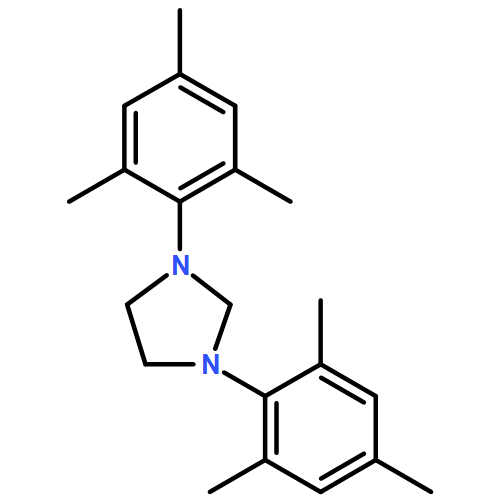Co-reporter: Yuzhong Wang, Yaoming Xie, Pingrong Wei, Henry F. Schaefer and Gregory H. Robinson
pp: 5941-5944
Publication Date(Web):25 Nov 2015
DOI: 10.1039/C5DT03894D
Reaction of the anionic N-heterocyclic dicarbene (NHDC), [:C{[N(2,6-Pri2C6H3)]2CHCLi}]n (1), with SiCl4 gives the trichlorosilyl-substituted (at the C4 carbon) N-heterocyclic carbene complex (7). Abnormal carbene–SiCl4 complex (8) may be conveniently synthesized by combining 7 with HCl·NEt3. In addition, 7 may react with CH2Cl2 in warm hexane, giving the abnormal carbene-complexed SiCl3+ cation (9). The nature of the bonding in 9 was probed with complementary DFT computations.
Co-reporter: Yuzhong Wang, Yaoming Xie, Pingrong Wei, Henry F. Schaefer and Gregory H. Robinson
pp: NaN5944-5944
Publication Date(Web):2015/11/25
DOI: 10.1039/C5DT03894D
Reaction of the anionic N-heterocyclic dicarbene (NHDC), [:C{[N(2,6-Pri2C6H3)]2CHCLi}]n (1), with SiCl4 gives the trichlorosilyl-substituted (at the C4 carbon) N-heterocyclic carbene complex (7). Abnormal carbene–SiCl4 complex (8) may be conveniently synthesized by combining 7 with HCl·NEt3. In addition, 7 may react with CH2Cl2 in warm hexane, giving the abnormal carbene-complexed SiCl3+ cation (9). The nature of the bonding in 9 was probed with complementary DFT computations.
